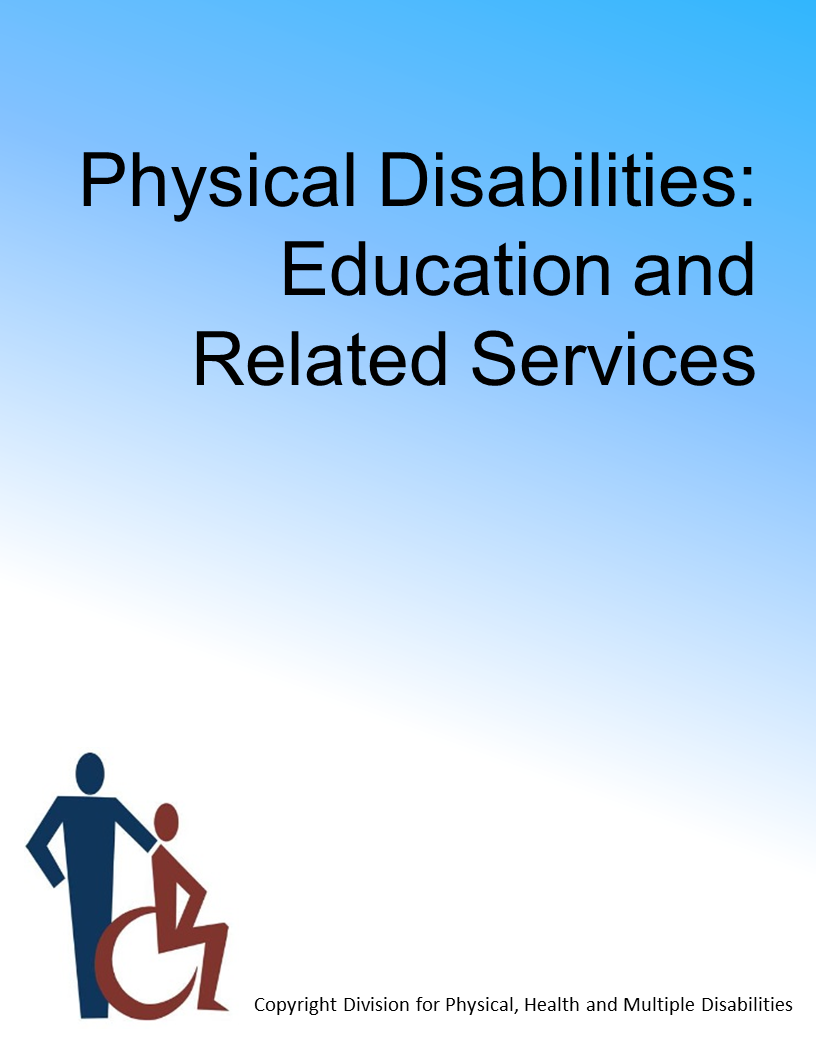Early Exposure to People with Physical and Sensory Disabilities and Later Attitudes Toward Social Interactions and Inclusion
Main Article Content
Abstract
This study assessed the relationship between exposure to classmates with visible impairments in primary and secondary schools with later attitudes toward people with disabilities. Fifty college students (mean age = 20.28 years; 76% female) completed measures assessing the extent and quality of recalled exposure to classmates with disabilities in elementary and secondary school. Attitudes toward social inclusion and toward a hypothetical social interaction were also measured. Participants reported generally high levels and quality of exposure, with significantly more exposure at the secondary level. Quality of exposure at both the elementary and secondary levels was significantly (p < .01) correlated with more positive cognitions (i.e., thoughts) during a hypothetical social interaction. Cognitions were not significantly correlated with emotions or behaviors and amount of elementary exposure was negatively correlated with attitudes to social inclusion (p < .05). These results suggest a possible relation between positive early experiences and later friendship intentions that should be further explored.
Downloads
Article Details
Following is the journal's Publishing Agreement. The submitting author will be asked to sign an agreement form once the submission has been accepted for publication.
A. GENERAL TERMS AND CONDITIONS
I (Author) hereby warrant that:
- The article I have submitted to the Journal for review is original, has been written by the stated authors and has not been published elsewhere.
- The article is not currently being considered for publication by any other journal and will not be submitted for such review while under review by this Journal.
- The article contains no libelous or other unlawful statements and does not contain any materials that violate any personal or proprietary rights of any other person or entity.
- I have obtained written permission from copyright owners for any excerpts from copyrighted works that are included and have credited the sources in my article.
- If I am using any personal details or images of a third person, I have obtained written permission or consent from this person.
- If the article was prepared jointly with other authors, I have informed the co-author(s) of the terms of this publishing agreement and that I am signing on their behalf as their agent, and I am authorized to do so.
- The Author assigns to the Journal the right to publish, republish, transmit, sell, distribute and otherwise use the Contribution in whole or in part in electronic and print editions of the Journal throughout the world, in all languages and in all media of expression now known or later developed.
- The Author agrees that the Journal may, without changing the content, translate the Contribution to any medium or format for the purpose of preservation.
- The Author agrees that the Journal may keep more than one copy of this Contribution for purposes of security, back-up and preservation.
- Reproduction, posting, transmission or other distribution or use of the final Contribution in whole or in part in any medium by the Author as permitted by this Agreement requires a proper citation to the Journal suitable in APA form. Additionally, the following copyright statement must be included: “Copyright YEAR by the Division for Physical, Health and Multiple Disabilities of the Council for Exceptional Children. Reproduced with permission from Physical Disabilities: Education and Related Services.”
C. PERMITTED USES BY AUTHOR
As Author, the Journal licenses you to certain uses of the Contribution. These rights are retained and permitted without the need to obtain specific permission from the Journal. These include:
- the right to make copies (print or electronic) of the journal article for your own personal use, including for your own teaching use;
- the right to make copies and distribute copies (including via e-mail) of the journal article to research colleagues, for personal use by such colleagues;
- the right to present the content of the journal article at a meeting or conference;
- patent and trademark rights and rights to any process or procedure described in the journal article;
- the right to use the journal article or any part thereof in a printed compilation of works of the author, such as collected writings or lecture notes (subsequent to publication of the article in the journal); and
- the right to prepare other derivative works, to extend the journal article into book-length form, or to otherwise re-use portions or excerpts in other works, with full acknowledgement of its original publication in the Journal.
